Bhaskaracharya’s treatise on mathematics, The Lilavati, was written in 1150. It is one of the most widely used mathematical textbooks of all time. It was used throughout India for 700 years before the British educational system was introduced.
Lilavati was Bhaskaracharya’s daughter, according to legend. Her horoscope predicted that unless her wedding took place at a specific time on a specific auspicious day, she would remain unmarried and childless. Bhaskara devised a device in which a cup with a small hole was placed in a vessel of water to ensure that this moment was not missed. The water would slowly enter the cup, and the cup would sink to the bottom of the vessel at the precise moment in question.
Lilavati peered into the device out of curiosity, unbeknownst to her father, and as she did so, a pearl from one of her ornaments fell into the cup, blocking the hole. As a result, the auspicious moment passed without the cup sinking, and the wedding was cancelled.
Bhaskaracharya was devastated by fate’s cruel hand. The great mathematician then decided to name his book after his daughter. His deep love for his daughter, who was clearly an intelligent student of the subject, is expressed through terms of endearment scattered throughout the text.
The beauty of Lilavati is that Bhaskaracharya was able to condense mathematics into 261 slokas or verses.
Lilavati, contains many algebra-related teasers, which have become the subject of significant research by scholars. These teasers are in the form of shlokas which pose the problems. The shlokas need to be interpreted correctly to decipher the meaning in order to find the solution.
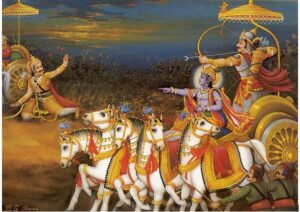
Take a look at the shloka displayed below.
पार्थ: कर्णवधाय मार्गणगणं क्रुद्धो रणे संदधे तस्यार्धेन निवार्य तच्छरगणं मूलैश्चतुभिर्हयान् |
शल्यं षड्भिरथेषुभिस्त्रिभिरपि च्छत्रं ध्वजं कार्मुकम् चिच्छेदास्य शिरः शरेण कति ते यानर्जुनः संदधे ७६
The direct meaning of this shloka is a question formulated as follows:
During the battle between Arjuna and Karna in the Mahabharata, Arjuna released some arrows. Of the released arrows:
Half were consumed in stopping the arrows coming from Karna.
4 times the square root of the arrows was consumed to control the horses of Karna’s chariot.
6 were for gaining control over Shalya, the charioteer of Karna. (Shalya was the maternal uncle of Nakula and Sahadeva).
3 were used to take on the umbrella and flag of the chariot and the bow of Karna.
Finally, Karna was killed by a single arrow.
So how many arrows were released by Arjuna in the battle?
Basic algebra easily yields the answer to this question, if the equation is formulated correctly.
Let the total number of arrows be X. The statements above can be reduced to the algebraic form
X = X/2 + 4√X + 6 + 3 + 1
Solving the above, we get the value of X=100 for the total number of arrows shot by Arjuna.
However, the fun is not just in getting the algebra right. There is so much hidden information in this shloka. If we pause to think a little deeper about the hidden meanings:
Even for an atirathi like Arjuna, it took as many as 50 arrows to stop the arrows of Karna – it tells us about the skills of Karna.
That the horses needed 40 arrows to immobilize the chariot tells us about the kind of training given to the horses in the battle field.
When even the horses needed 40 arrows, that Shalya the charioteer surrendered with just 6 tells us that he is favouring Arjuna.
3 arrows to take the chariot and the bow shows the helplessness of Karna.
Once everything is in control the enemy should vanquished in just a single arrow.
So, the rules and skills required to win such a battle operationally are:
Firstly, stop the enemy fire-power;
Second, immobilize the enemy by taking on his mobility- the horses and the driver;
Thirdly signal to him his helplessness by destroying the carriage;
And finally eliminate the enemy himself.
If we analyse the same shloka on the spiritual side:
To attain ultimate liberation, firstly one needs to control over his / her personal desires, this being a very difficult task, thus takes 50 arrows.
Then take control over 5 senses and sensual pleasures indicated by the horses. The 40 arrows needed to do this indicate the difficulty of the task.
Gaining control over 5 senses will lead one to the control over the consciousness (manas, thought, ego) indicated by the driver.
If all the foregoing is done, achieving the ultimate liberation (moksha) should be relatively easy.
This is the greatness of our ancestors in Sanatan dharma – Vidya integrated with Values. Just a single shloka includes so much of knowledge!

Written By Anil Kumar

Readers like you, make ESHADOOT work possible. We need your support to deliver quality and positive news about India and Indian diaspora - and to keep it open for everyone. Your support is essential to continue our efforts. Every contribution, however big or small, is so valuable for our future.

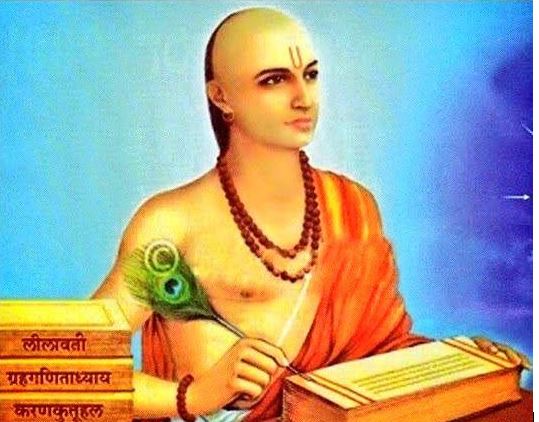
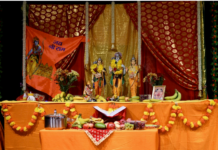
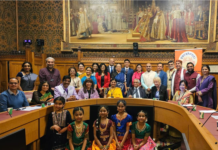

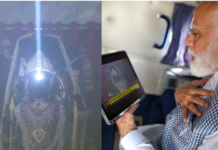
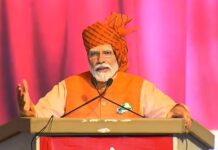
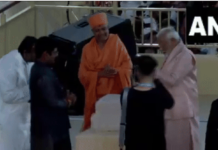




Fantastic article by Anilji
more of these educational and factual historical information will be of great benefit to us all. The marauders and colonisers knew what a great country BHARAT was to have plundered but they could not break our spirit neither our religion